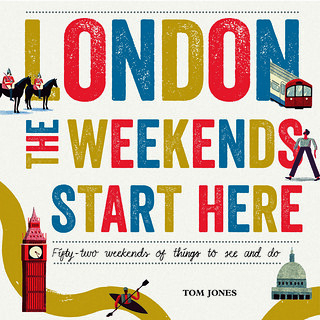Today marks 200 years since the author Charles Dickens was born, and whilst there are many commemorations around town, the road that was once Devonshire Terrace is one place which remembers Charles Dickens every day, regardless of anniversaries.

Today, the site is on the busy corner of Marylebone Road and Marylebone High Street, but Charles Dickens lived at 1 Devonshire Terrace in quieter times from 1839 to 1851, and it was here that he wrote six of his most famous novels - The Old Curiosity Shop, Barnaby Rudge, Martin Chuzzlewit, A Christmas Carol, Dombey and Son and David Copperfield.
As well as the image of Dickens himself, the memorial features various Dickensian characters, including Scrooge, Barnaby Rudge, Little Nell and Granddad, Dombey and daughter, Mrs. Gamp, David Copperfield, Mr. Micawber. It was erected in 1960, and apparently designed by Estcourt J Clack FRBS.
For more, see
http://www.londonremembers.com/memorials/charles-dickens-relief^Picture © Mskadu used under Creative Commons^






























